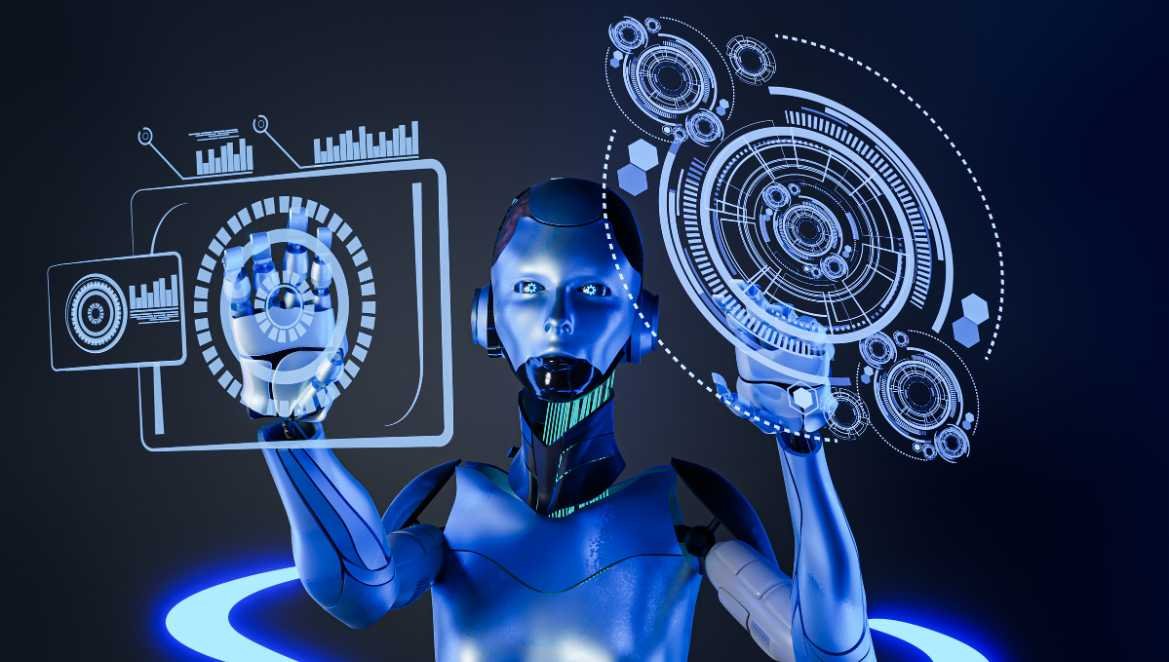- Blog Quality Engineering
- Feb 19
Hyperautomation The Future of Business Automation

In today’s rapidly evolving business landscape, organizations are continually seeking ways to optimize processes, increase efficiency, and drive innovation. One key solution that is gaining traction is hyperautomation. According to a report by Gartner, by 2025, 70% of enterprises in all industries will have engaged digital business model transformation services to implement analytics-driven business decisions and management capabilities[^1].
So, what exactly is hyperautomation? It refers to a combination of complementary sets of tools that integrate functional and process silos to automate and augment business processes[^2]. At its core, hyperautomation starts with Robotic Process Automation (RPA), and expands the automation horizon with AI, process mining, analytics, and other advanced tools. This integration of multiple technologies enables end-to-end process redesign, automation, and monitoring, delivering much greater value and impact.
One of the unique advantages of hyperautomation is its ability to automate processes at a quicker rate compared to traditional automation methods[^2]. By leveraging advanced analytics and AI, organizations can not only streamline operations but also gain valuable insights into their processes. This allows for better decision-making and improved business outcomes. Additionally, hyperautomation offers increased employee satisfaction and motivation by offloading repetitive and mundane tasks, allowing them to focus on more value-added activities[^2].
A real-life example of hyperautomation in action can be seen in the realm of social media and customer retention. By utilizing tools that combine RPA with Machine Learning (ML), businesses can analyze customer sentiment data from social platforms and generate reports for the marketing team. These insights can then be used to develop targeted campaigns, promotions, and incentives to retain satisfied customers and address the concerns of dissatisfied ones[^2].
According to Gartner, by 2024, organizations that have deployed automation technologies will introduce artificial intelligence (AI) capabilities such as machine learning, natural language processing, and intelligent document processing[^1]. This signifies the increasing convergence of automation and AI technologies, amplifying the potential of hyperautomation.
The market potential for hyperautomation is immense. By 2024, organizations are projected to lower operational costs by 30% by combining hyperautomation technologies with redesigned operational processes[^3]. Furthermore, Gartner predicts that by the same year, more than 70% of large global enterprises will have over 70 concurrent hyperautomation initiatives, emphasizing the increasing importance of governance in managing these initiatives[^4].
The growth of the hyperautomation service market is driven by the demand for automation solutions across various industries such as manufacturing, automotive, healthcare, BFSI, retail, and others[^5]. Within the hyperautomation service market, different types of services are available, including Robotic Process Automation (RPA), Machine Learning (ML), chatbots, biometrics, natural language generation, and context-aware computing[^5].
Geographically, North America, Europe, Asia-Pacific, South America, and the Middle East and Africa are the leading regions in the hyperautomation service market[^5].
Hyperautomation is revolutionizing the way businesses automate and optimize their operations. By combining advanced technologies like AI, analytics, and process automation, organizations can achieve unprecedented levels of efficiency, productivity, and innovation. As the market continues to embrace hyperautomation, it is crucial for organizations to not only leverage the right tools and technologies but also establish effective governance frameworks to manage and scale their hyperautomation initiatives successfully.
Sources:
Gartner – Market Guide for Hyperautomation Services
Deloitte – Hyperautomation: The Next Frontier
Gartner – Predicts 2021: Accelerate Results Beyond Recovery
Gartner – The Future of Hyperautomation
LinkedIn – Hyperautomation Service Market Size
Note: The information provided in this blog has been sourced from the above-mentioned references.
Related Posts

Driving Change with Generative AI and Hyperautomation
Driving Change with Generative AI and Hyperautomation With the urgency of climate change escalating, the development and deployment of sustainable technologies are becoming increasingly critical. According to Gartner, sustainable technology is listed among the top…
- Apr 26

Test Automation as a Service – QE&A
Use Case 1: Guiding Internal Testing Team in Automation First Approach and Test Strategy Definition Actors: Customer: The organization with an internal testing team reporting within agile scrum teams. Automation Consultant: The expert or consultant…
- Mar 30
“We’re an Al, Data, Cloud, and Quality Engineering company “
Headquarters
8845 Governors Hill Dr, Suite 201
Cincinnati, OH 45249
Our Branches
Narwal | © 2024 All rights reserved




